
Insights for employers
Salesforce end users
Attraction and Retention
In a market this competitive, attracting top Salesforce talent requires a deep understanding of candidate motivations and preferences. Employers need to think about the factors that influence professionals to accept their jobs, the reasons candidates seek new opportunities, and the unique value proposition that Salesforce end-users can offer.
The Salesforce ecosystem is dynamic, with evolving job market trends and a new generation of professionals entering the workforce. Staying informed about these changes is essential for effective talent acquisition.
In this section, we’ll uncover what Salesforce professionals want from their ideal job opportunities, giving employers insight into the factors that drive job acceptance and the benefits most likely to entice candidates.
What encourages a candidate to take a role?
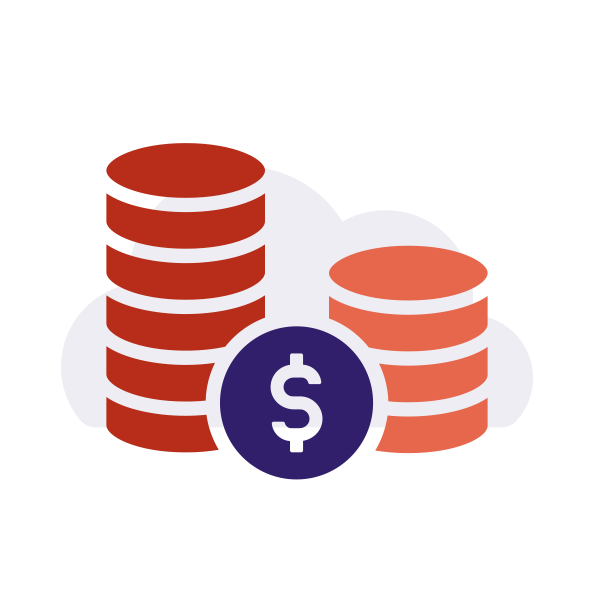
Better salary and compensation package than my previous role

Opportunities for career progression, development, or a defined career path
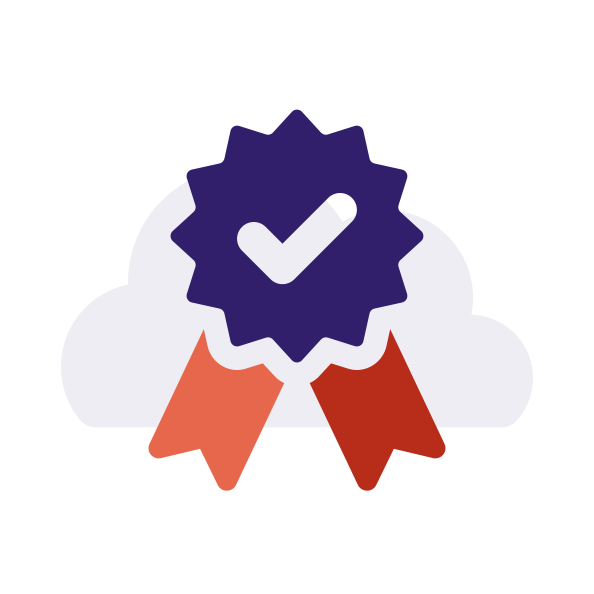
For personal development/to expand my skill set and experience
| For a better work-life balance | 31% |
| For a new challenge | 30% |
| To escape a toxic company culture/for a better company culture | 26% |
| The chance to work in a challenging role or on a challenging project | 19% |
| To gain flexibility in my working hours | 18% |
| The new role was a promotion | 18% |
| To work for a prestigious organization with a great reputation | 17% |
| To work for an organization with values that align with my own | 17% |
| The opportunity for hybrid or remote flexibility | 13% |
| To work in a different industry | 12% |
| To pursue a leadership position | 11% |
| Other | 7% |
‘Other’ responses include having to accept a role due to being unemployed after a redundancy.
Similar to our last survey, 90% of permanent employees tell us that, salary aside, workplace benefits are important when deciding whether or not they will accept a job.
Expert insight
After Fluido were named global winners of Best Salesforce Partner To Work For at the Digital Revolution Awards 2024, we sat down with Chief People Officer, Pauliina Löytty, to find out how to foster a positive company culture and build an employer brand that attracts top talent.
Read more from Pauliina in our blog.
What perks entice a candidate to accept a role?
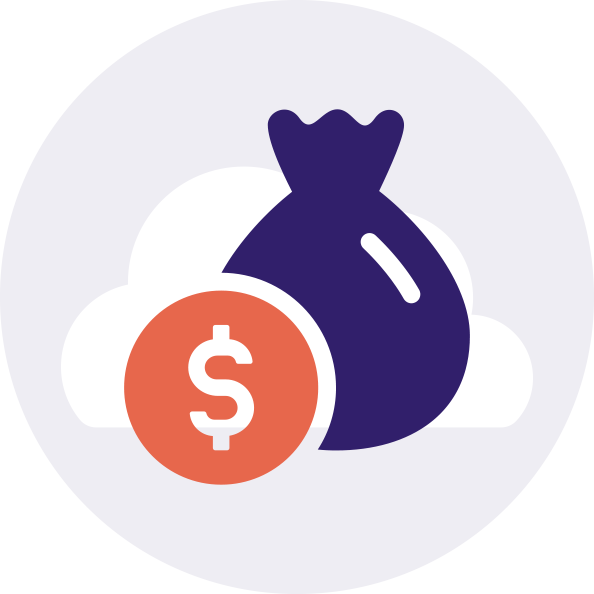
Bonus* (monthly/biannual/year-end)

Homeworking

Health/medical insurance
| Retirement savings plan/401(k) match/pension contributions | |
| Four weeks or more paid time off | |
| Flexible working hours | |
| Shares in the company/reduced priced shares in the company | |
| Training and development opportunities | |
| Accommodation/housing allowance | |
| Education/training allowance |
* Bonus structures within the Salesforce ecosystem vary significantly, with the size of pay-outs and their frequency differing considerably based on role, employment type, and company. Junior positions, for example, typically offer smaller bonuses compared to their senior counterparts. Established roles within end-user organizations often include annual or semi-annual bonuses, while Salesforce partners and ISV employees frequently receive more frequent bonuses, often tied to performance metrics such as billable hours.
Are employees looking to change employer?
Over half (53%) of respondents in permanent roles expect to remain with their current employer in the coming year, while 18% are actively looking for a new role. A further 13% expect to leave but aren’t currently job hunting, and the remaining 15% are unsure if they will stay or go.
When we consider those not satisfied with their role, this raises to 55% looking for a new role, 23% with intention to switch employers in the near future, and only 4% are content to stay.
Dissatisfaction with career progression is also a motivator for seeking a new role. Among respondents unhappy with their progression, 48% are actively looking for a new job, and an additional 20% are considering a move.

What motivates an employee to consider a new role?
On average, those wanting to change roles for a pay rise would expect a 22% increase.
Almost two-thirds (63%, up from 29% in our last survey) of those looking to leave their employer within 12 months said they would be unlikely to accept a role that involved working in an office five days a week, showing a clear preference for flexible working arrangements.
Takeaways for Salesforce users
Just under half (46%) of the Salesforce professionals we surveyed said they were either looking for a new role, planning to leave their employer in the near future, or unsure whether they’d still be in their current role in a year’s time.
The primary motivation for those considering a change of job was salary increase, with 76% of professionals citing a bigger pay packet as the thing most likely to make a move.
But financial incentives weren’t the only key drivers compelling people to change jobs. A desire for a change of working environment or company culture was the second biggest reason for potential turnover, highlighting the importance of creating an engaging, supportive, and inclusive place for people to work.
A lack of career prospects came in close behind, with 38% of respondents seeking a new role because they don’t see a future for themselves in their current one. This data reinforces the need for companies to provide clear and attractive career pathways for their employees, so they can grow with the business.
Motivation to move from a partner to an end user
Over two-thirds (70% up from 63% in our last study) of partner employees would consider working for an end user and cited the following factors that would encourage them to make this move:

Ability to work remotely
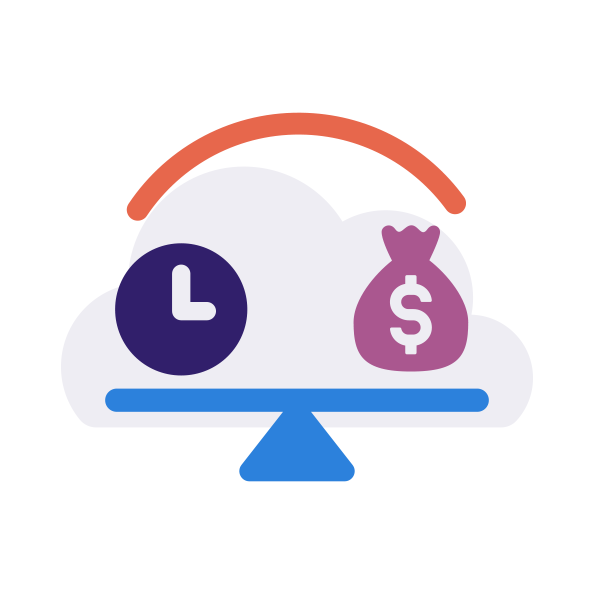
Better work-life balance
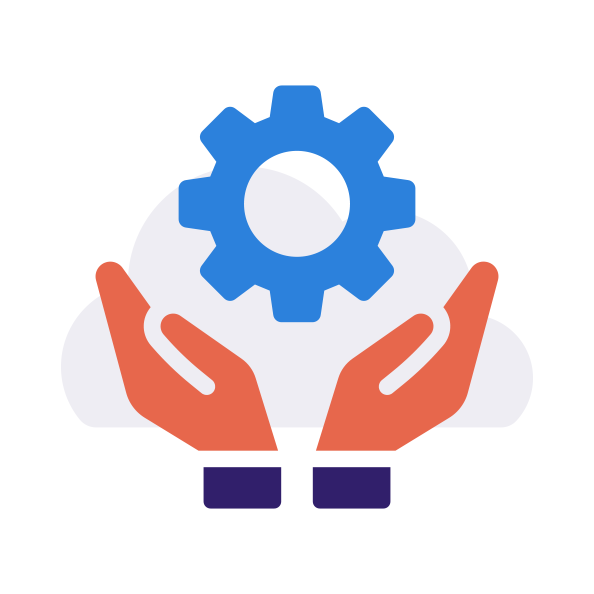
Ownership over a project/system
| Better career progression opportunities | 42% |
| Better benefits | 41% |
| More stability | 39% |
| Possibility to develop skills across different Salesforce products | 37% |
| Consistency | 37% |
| Less stress | 36% |
| Better training and learning opportunities | 31% |
| Less travel | 17% |
| Other | 4% |
To successfully attract top talent from partner organizations, end-users must showcase their distinct value proposition. Looking beyond the kinds of salaries they can offer, Salesforce customer organizations should focus on offering better work-life balance, comprehensive training and development opportunities, flexible work arrangements, and opportunities for professional autonomy. By highlighting these factors, end-users can mark themselves out in the Salesforce employer landscape and attract professionals looking for a more fulfilling and sustainable career path.
We also asked the (11% down from 17%) of respondents who could not see themselves making the move to an end user why they wouldn’t consider it, and their reasons were:
| I'm happy in my current role | |
| Lack of variety in the work | |
| A drop in earnings | |
| I prefer consultancy work | |
| I like working with different clients | |
| A lack of flexibility with working hours | |
| I've no interest in working for someone else |
Understanding why employees, particularly those in high-demand technical roles, choose to leave a partner organization is crucial for improving retention rates. A significant 70% of our survey respondents indicated a potential interest in transitioning to an end-user role. To address this, partners should prioritize identifying and resolving common employee pain points.
Many Salesforce professionals seek greater work-life balance, career progression opportunities, and a deeper focus on strategic projects rather than the often-reactive nature of client-facing roles. Offering remote work options and flexible hours can be effective strategies to enhance employee satisfaction and retention. Even small adjustments can make a substantial difference in creating a more positive work environment.
By proactively addressing employee needs, partners can foster a stronger company culture and reduce turnover, ultimately leading to a more stable and productive workforce.
What do employers need to prioritize to maximize employee happiness and retention?
How satisfied are employees?
| Satisfied | Neutral | Dissatisfied | |
|---|---|---|---|
| Working hours | 77% | 15% | 8% |
| Benefits | 74% | 14% | 11% |
| Colleagues | 72% | 22% | 5% |
| Company culture | 60% | 25% | 16% |
| Career progression | 56% | 26% | 18% |
| Training and development | 49% | 30% | 21% |
Working hours
| Satisfied | Neutral | Dissatisfied |
|---|---|---|
| 77% | 15% | 8% |
Benefits
| Satisfied | Neutral | Dissatisfied |
|---|---|---|
| 74% | 14% | 11% |
Colleagues
| Satisfied | Neutral | Dissatisfied |
|---|---|---|
| 72% | 22% | 5% |
Company culture
| Satisfied | Neutral | Dissatisfied |
|---|---|---|
| 60% | 25% | 16% |
Career progression
| Satisfied | Neutral | Dissatisfied |
|---|---|---|
| 56% | 26% | 18% |
Training and development
| Satisfied | Neutral | Dissatisfied |
|---|---|---|
| 49% | 30% | 21% |
How do employees rate their job satisfaction year over year?
- Satisfied
- Neutral
- Dissatisfied
2025
| 67% | 20% | 13% |
|---|
2024
| 71% | 18% | 11% |
|---|
2023
| 75% | 15% | 10% |
|---|
2022
| 73% | 18% | 9% |
|---|
2021
| 69% | 21% | 10% |
|---|
2025
| Satisfied | Neutral | Dissatisfied |
|---|---|---|
| 67% | 20% | 13% |
2024
| Satisfied | Neutral | Dissatisfied |
|---|---|---|
| 71% | 18% | 11% |
2023
| Satisfied | Neutral | Dissatisfied |
|---|---|---|
| 75% | 15% | 10% |
2022
| Satisfied | Neutral | Dissatisfied |
|---|---|---|
| 73% | 18% | 9% |
2021
| Satisfied | Neutral | Dissatisfied |
|---|---|---|
| 69% | 21% | 10% |
Over the past five years, job satisfaction among Salesforce professionals fluctuated. However, our most recent findings indicate another decline compared to the previous survey. Will this downward trend persist into the next year? And will recent wider economic events have an impact on respondents’ ratings?
This year, respondents’ satisfaction with their career progression has also seen a downward trend, dropping to 56%, from 59% in our last survey, and 65% in the one prior, while dissatisfaction rose (18%, compared to 17% and 12% respectively).
It was also considered an important factor for those pursuing a move to a new role, with 68% considering leaving an employer because of a dissatisfaction with the trajectory of their career.
A larger proportion are also reporting dissatisfaction with their training and development (21% dissatisfied now compared to 15% in 2024).
How can you boost employee satisfaction?
Invest in growth and development
Cultivate a strong company culture
Create clear career paths
How satisfied are employees with their salary?
Almost two-thirds (62%) of professionals are satisfied with their salary, compared to 64% in our previous survey, while 18% (up from 16%) of respondents are dissatisfied.
How do employees rate their satisfaction with their salary year over year?
- Satisfied
- Neutral
- Dissatisfied
2025
| 62% | 21% | 18% |
|---|
2024
| 64% | 20% | 16% |
|---|
2023
| 65% | 21% | 14% |
|---|
2022
| 64% | 20% | 16% |
|---|
2021
| 54% | 22% | 23% |
|---|
2025
| Satisfied | Neutral | Dissatisfied |
|---|---|---|
| 62% | 21% | 18% |
2024
| Satisfied | Neutral | Dissatisfied |
|---|---|---|
| 64% | 20% | 16% |
2023
| Satisfied | Neutral | Dissatisfied |
|---|---|---|
| 65% | 21% | 14% |
2022
| Satisfied | Neutral | Dissatisfied |
|---|---|---|
| 64% | 20% | 16% |
2021
| Satisfied | Neutral | Dissatisfied |
|---|---|---|
| 54% | 22% | 23% |
- My salary is not in line with the industry standard
- Considering my skills and experience, I’m earning below the market rate
- My pay has not kept up with inflation
- My salary has not kept pace with the changing responsibilities of my role
MASON FRANK’S
CAREERS AND HIRING GUIDE
KEY FINDINGS 2025



